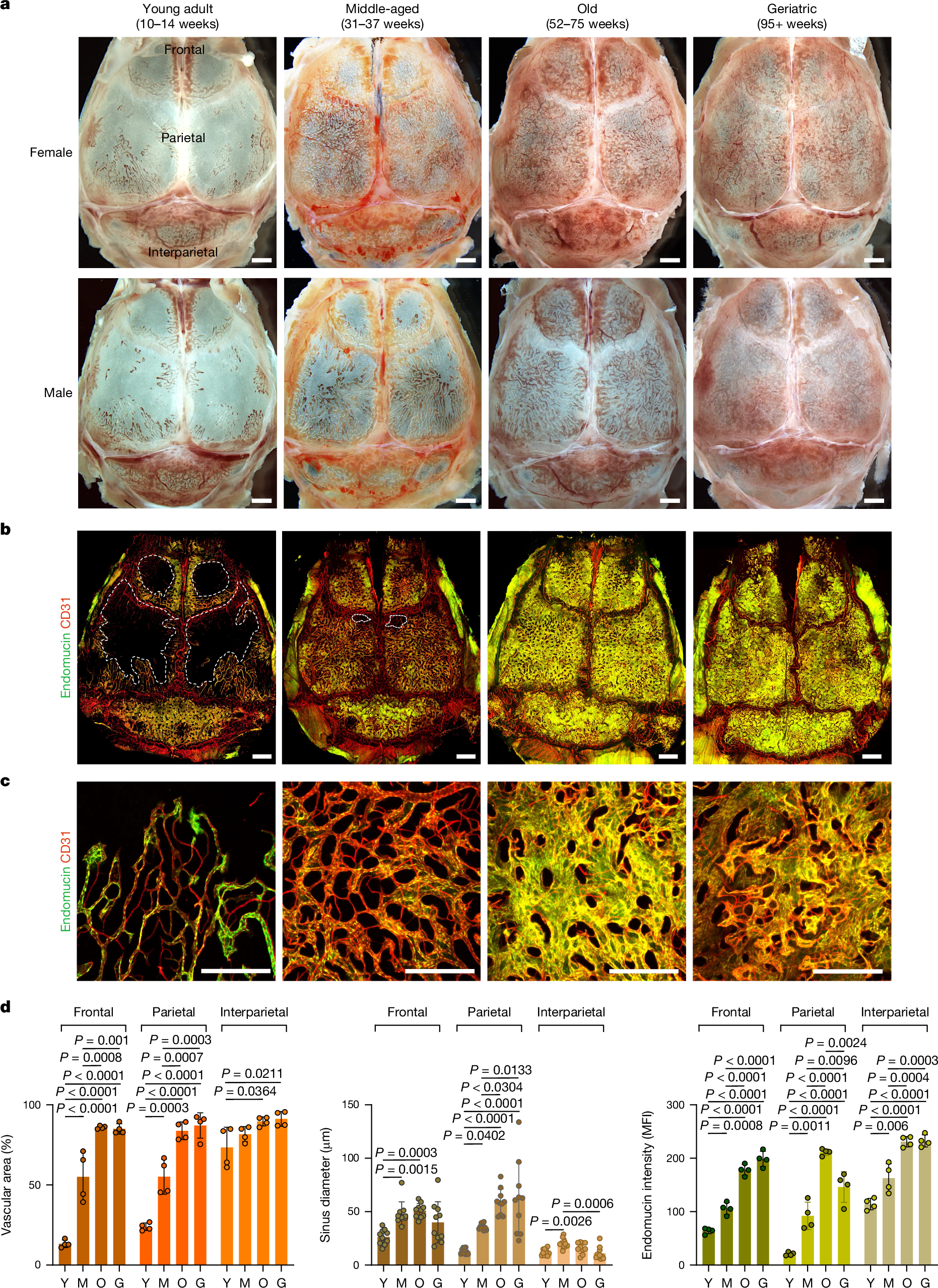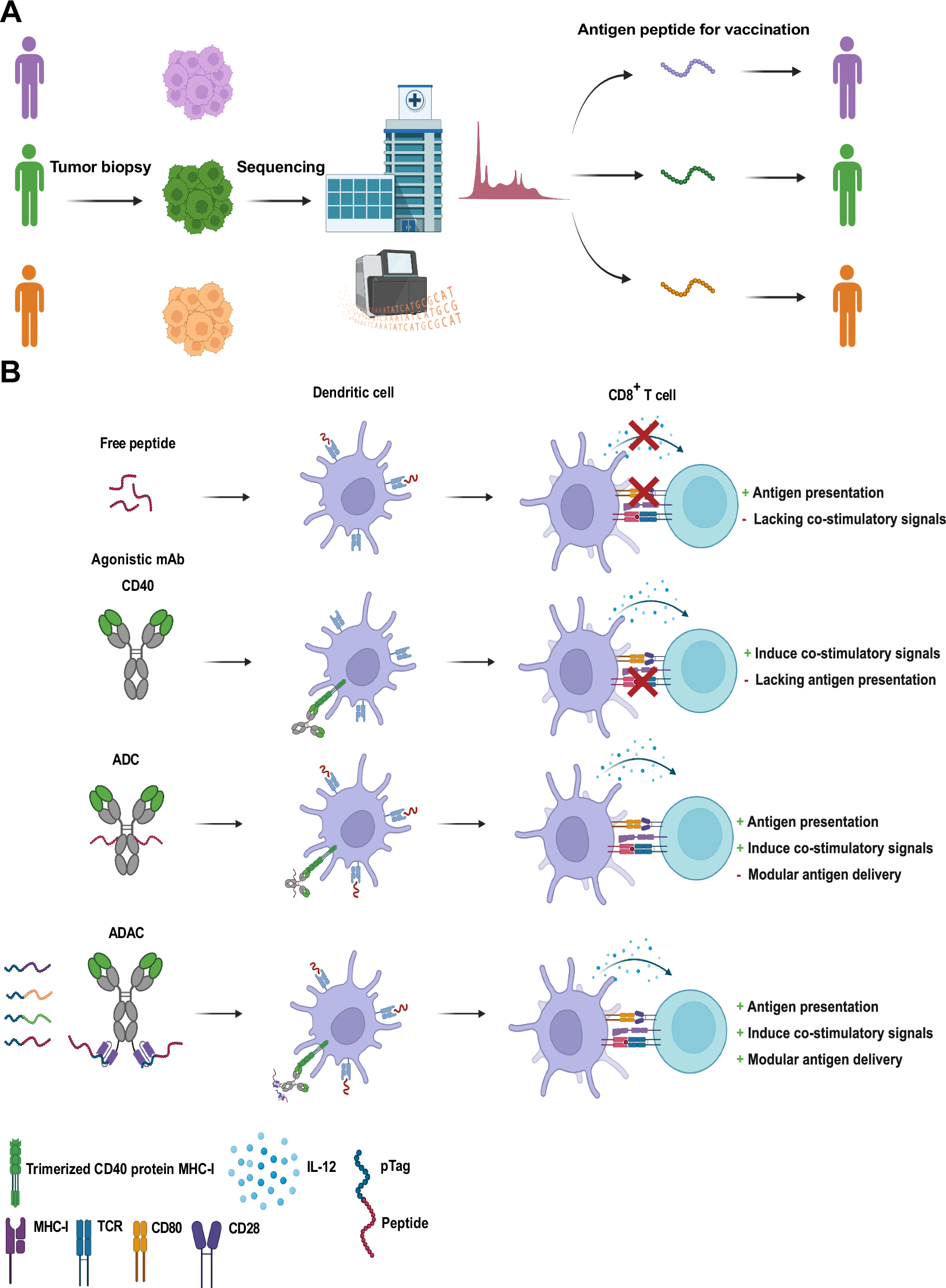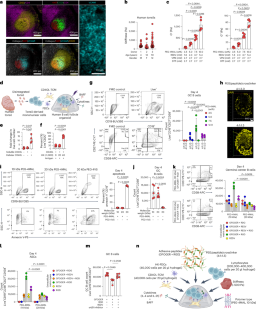2024-11-13 マックス・プランク研究所
<関連情報>
- https://www.mpg.de/23725971/1113-vasb-skull-bone-marrow-expands-throughout-life-and-remains-healthy-during-aging-154090-x
- https://www.nature.com/articles/s41586-024-08163-9
成人の頭蓋骨髄は拡大し弾力性のある造血貯蔵庫である Adult skull bone marrow is an expanding and resilient haematopoietic reservoir
Bong Ihn Koh,Vishal Mohanakrishnan,Hyun-Woo Jeong,Hongryeol Park,Kai Kruse,Young Jun Choi,Melina Nieminen-Kelhä,Rahul Kumar,Raquel S. Pereira,Susanne Adams,Hyuek Jong Lee,M. Gabriele Bixel,Peter Vajkoczy,Daniela S. Krause & Ralf H. Adams
Nature Published:13 November 2024
DOI:https://doi.org/10.1038/s41586-024-08163-9

Abstract
The bone marrow microenvironment is a critical regulator of haematopoietic stem cell self-renewal and fate1. Although it is appreciated that ageing, chronic inflammation and other insults compromise bone marrow function and thereby negatively affect haematopoiesis2, it is not known whether different bone compartments exhibit distinct microenvironmental properties and functional resilience. Here we use imaging, pharmacological approaches and mouse genetics to uncover specialized properties of bone marrow in adult and ageing skull. Specifically, we show that the skull bone marrow undergoes lifelong expansion involving vascular growth, which results in an increasing contribution to total haematopoietic output. Furthermore, skull is largely protected against major hallmarks of ageing, including upregulation of pro-inflammatory cytokines, adipogenesis and loss of vascular integrity. Conspicuous rapid and dynamic changes to the skull vasculature and bone marrow are induced by physiological alterations, namely pregnancy, but also pathological challenges, such as stroke and experimental chronic myeloid leukaemia. These responses are highly distinct from femur, the most extensively studied bone marrow compartment. We propose that skull harbours a protected and dynamically expanding bone marrow microenvironment, which is relevant for experimental studies and, potentially, for clinical treatments in humans.


